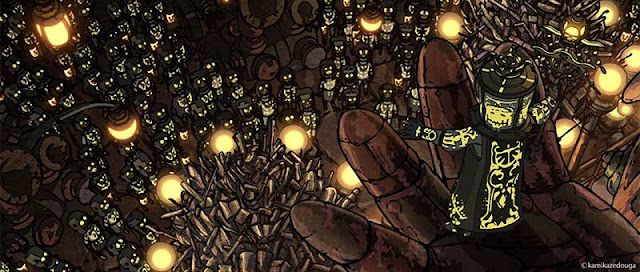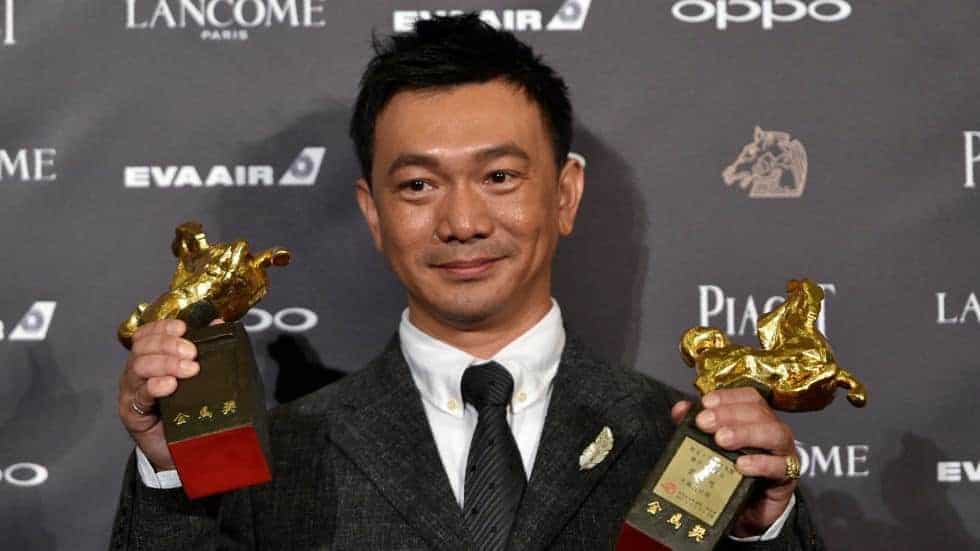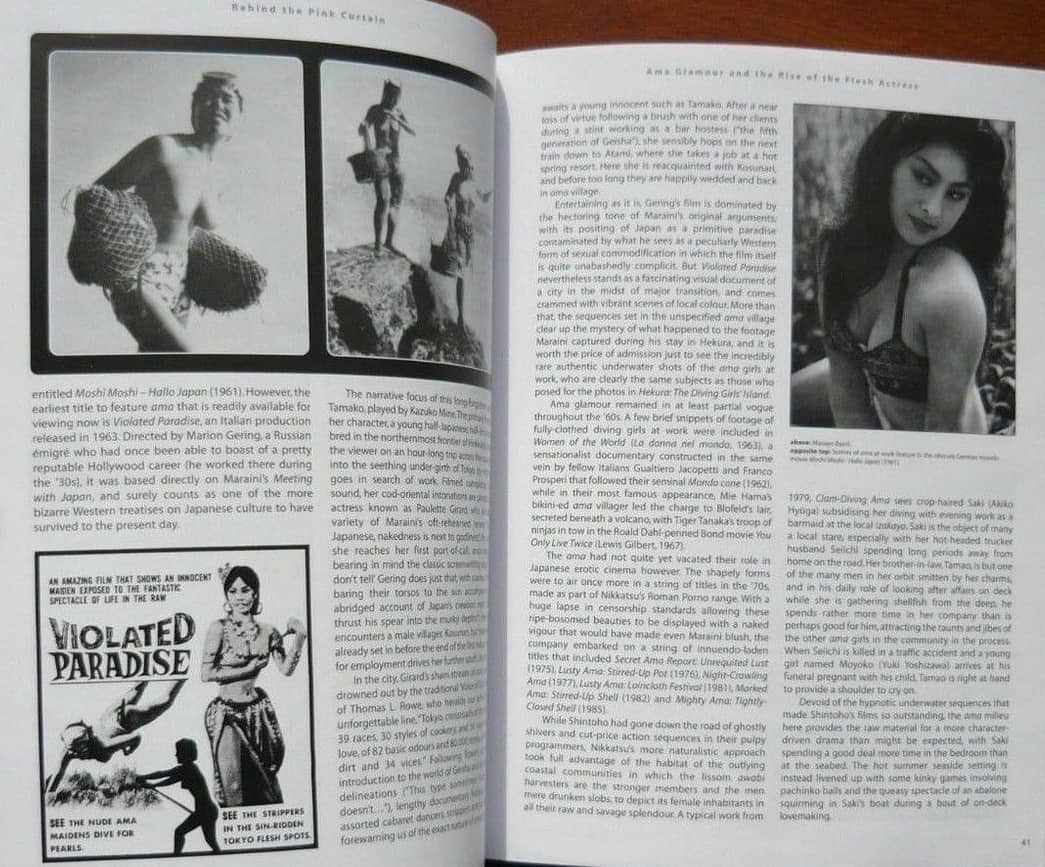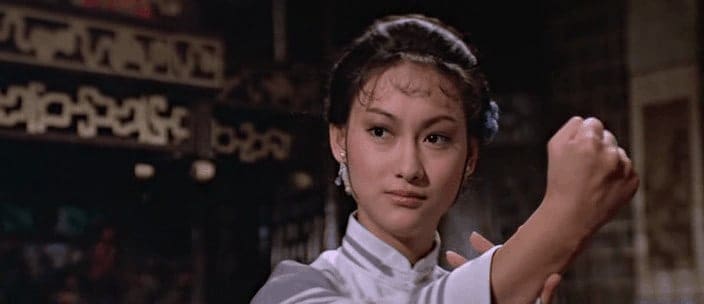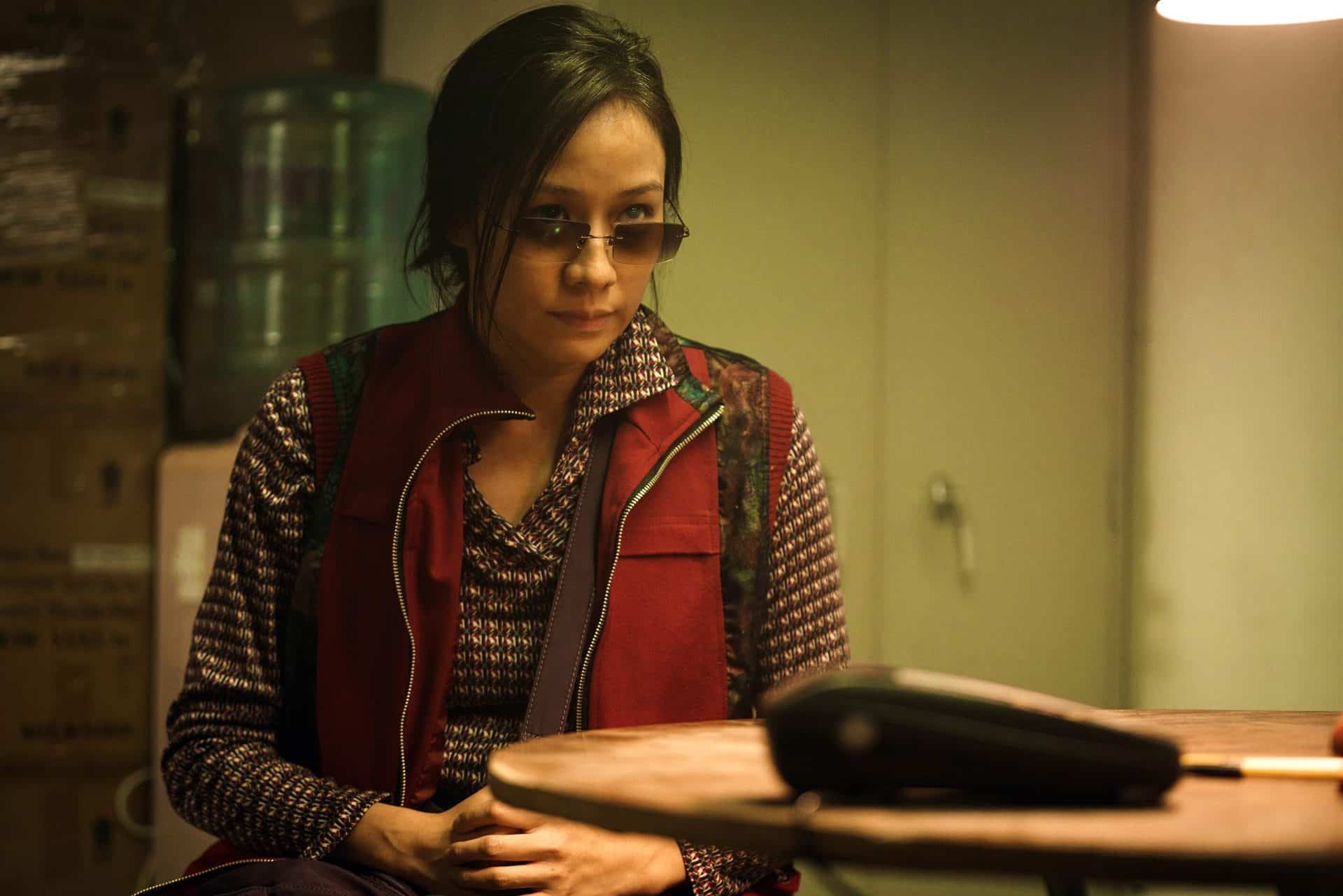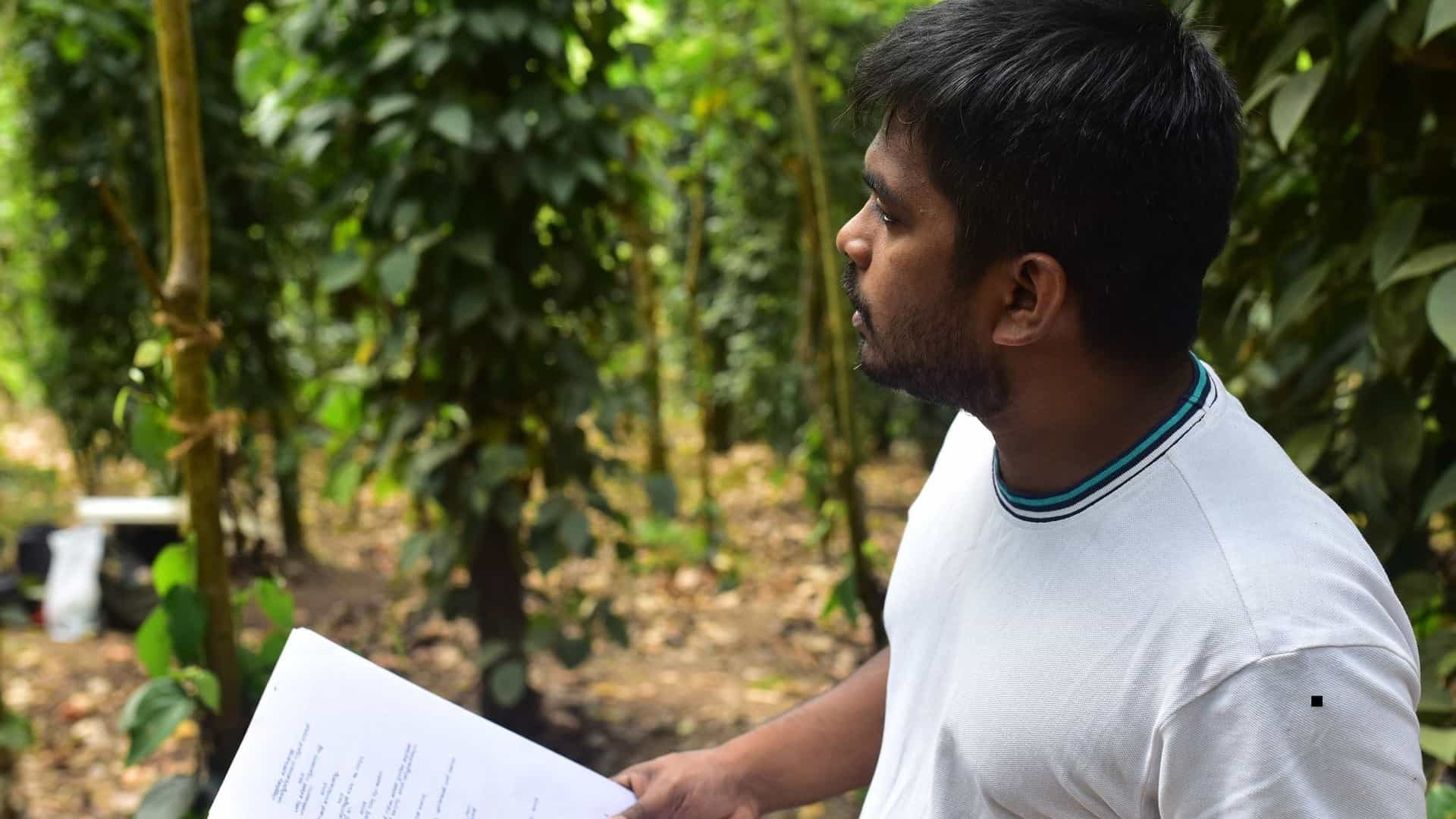Toshihisa Yokoshima is an animator, known for his works in video games such as Rockman X8. His current animation production company, Kamikaze Douga has initiated “The Gasoline Mask”, project with “Cocolors” being their first completed work.
On the occasion of his film premiering internationally in Fantasia International Film Festival, we speak with him about the project, their unique technique, the film, anime and many other topics.

Tell us a bit about the Gasoline Mask project. How did it came to be, and what are your plans for the future?
The first original project of the production studio “Kamikaze Douga” is called “Gasoline mask”, which is a prototype of “Cocolors”. There was only one prerequisite, the “people wearing a mask” concept. I dared produce a work like this even though I knew that in the commercial Japanese works, the concept would not pass. We were able to choose this concept because it is an independent production.
The Gasoline Mask Project also includes works completely different from “Cocolors”, but we have not started producing yet.
Can you tell us a bit about your animation technique, cel-shaded 3D CG and traditional Japanese printmaking? How does it differ from traditional Japanese techniques?
For a long time, I've been thinking that our 3D cel shading process is very similar to the Japanese traditional printmaking process. Output a line that outlines the character, extract each facial characteristic such as hair and skin, put the color and shadow on each part, and synthesize it on “After Effects”. The only difference is one is hand-drawn on paper and the other on a PC.
What does the title mean?
In Japanese, “cocolo (Heart)” is a word expressing emotion, combined with the English word “colors”
It means that ””Cocolors”” is a story of colors of various emotions weaving the characters.
Why did you choose to hide the faces of the characters in Cocolors?
It was one of the themes to explore, whether there is a story that can be expressed by hiding facial expressions. Facial expression is the effective mean of conveying the emotions that human beings have.I think that it is impossible to communicate real emotions by words alone. Actually, the main character Aki does not express his real feelings, he only repeats a false lie. And since he can not realise the other one's emotions, as if to impose his own desire, he draws a smiley mark on the mask of Fuyu. That gigantic mask is a symbol that pushes in their true emotions. Under the mask, we don't know what emotions they really have.
Also, reading human's emotions from facial expressions is a special ability that only human beings have. I think that people will surely feel something from the fine facial expression of the character shown at the end of the story. In that moment, Aki and everyone who watches, will know him as a human being.
The anime is quite pessimistic. Why did you choose this approach? What inspired you to write this story?
Although it may seem like a very pessimistic story, I do not think that I made it as such. In the closed environment, the main character who is losing himself due to the emotions pushed in, liberates the emotion, accepts it… I think that it is a story reborn as a real human being.
What inspired me strongly in making stories and settings is the environment surrounding us in Japan today. As society gradually becomes obstructed, I feel that people, especially young people, are hardly hoping for the future. And they are swayed by the society where information can be easily retrieved, not the feelings and thoughts gained by themselves, but selected information that seems reasonably visible and can be drawn out easily, becoming a person who is an armchair theorist. They are the prototype of the characters in “Cocolors” whose emotions can not be seen, wearing a gigantic mask.
After a couple of years, I remembered that I saw strange animations of characters who wore masks a long time ago … and it is best if you remember suddenly.
The violent scenes in the film are few but very intense. Why did you choose to include them? In general, what is your opinion of the depiction of violence on screen?
Since the expression of the characters can not be seen, I attempted to express feelings with hand-action in order to shape the characters. That is what the character do with their hands. There are people who swing their fists without doing anything, or other people who draw a picture with their fist gripped.
I don't agreed with violence, but as a character who express his emotion straightforward, he is the one who hits his fist to the others. The violence he does is a way to convey his emotions to the main character who usually runs away from facts, as well as being the expression of himself.
Regarding the depiction of violence, if it's inevitable, as in “Cocolors”, I think that it should be present.
Can you tell us a bit about the voice actors? Why did you choose the specific ones, and what was the casting process like?
Characters of masks born in this world are creatures that can not survive so long, so we chose voice actors who can make voices of children and adolescents. Especially the character in the introductory scene is being played by a child. It was important to decide whether the cast links with adults' voice actors.
In addition, since it is a world that people need to wear the mask from the moment of birth, we are eliminating gender barriers with voice actors, making it a world nobody know about gender. Only Gidok, who is the administrator who created this underground world, is a human being, so I chose the voice of an aged adult.
As the film ended, I felt like you had more to say, but you were restrained by production cost. Is that the case? In general, how much a project like Cocolors costs at the moment? In general, what is your opinion of the Japanese anime industry at the moment? How difficult is it for someone to get funding for their animated movie?
Of course there was a choice depending on the production situation. Although the genre of this work is science fiction, its background is hardly told in the process. This is one part I cut off from the beginning.
However, even if I draw the background and the theme in detail, even if it is completed as a longer work, it is almost impossible to say whether it will get better.
Regarding production costs, we sometimes suspend and reduce production, sometimes do other work while doing other work, sometimes we ended a project a little early, so. I cannot answer concrete total production cost.Overseas, I think 3DCG is considerably low budget, in terms of the production costs,. because the main staff is about 10 people, there are not many people engaged in production.
Also, I think it is a very difficult situation to produce animations of such original works in Japan. In Japan, the production committee style, which recruits a lot of investors for work production is common. It is a good system where profits are distributed to each investor at low risk, but the work of low risk is a difficult environment to create in. So, I thought that animation, which is not such a system like this one, should head towards another direction.
It is rather common in Japanese anime for the main protagonists to be children or teenagers. Why is that? Why not adults? Even in titles like yours, which are addressed to adults.
Speaking of “Cocolors”, the main characters are teenagers as they describe the world of children who can not live long. I think that there are many with teenager protagonists in Japanese works, probably due to the system of investment to avoid risks mentioned in the previous question. Maybe I will make a story where an adult is the main character.
By the way, I do not think that my work is for adults, on the contrary, I hope many children in various countries will see it if possible.
The soundtrack features some great tracks and I particularly enjoyed the ones featuring percussion. Can you tell us a bit about the music in the film?
I am very glad to hear that the sounds of percussion attracted your attention. In making music, I first wanted to incorporate instruments that fit the underground world, which was made by gathering junk items from the ground.When I was looking for something like a sound from beating junk items of iron, I met a percussion instrument called hand-pan that looked like the steel drum turned over. Because only limited scales and minor sounds can be played, it receives support of surrounding instruments to establish a song, almost like the main character, Aki.
In addition, another main character, Fuyu, is void not only of a facial expression but also of words. But his manifestation of rich feelings is expressed by piano and voice harmony of a colorful scale. About the sound of junk items, we also incorporated a variety of other instruments that produce interesting sounds, such as actual drums and chains, broken toy pianos, and others.
Which are your favourite filmmakers/movies?
It is difficult to narrow down the answer because I am influenced by so many filmmakers/movies.
The first inspiration received in making “Cocolors” was “The Ballad of Narayama” directed by Shohei Imamura or by Keisuke Kinoshita. “Orin” who feels alive, face to face with death, is the model for Fuyu.
Although “Cocolors” has a totally different time and a view of world from that, I made the film while considering what we carry with us while living. And Gisaburô Sugii's “Night on the Galactic Railroad” is one of my favorite movies, and I am influenced a lot in “Cocolors”.





